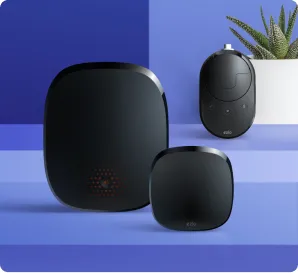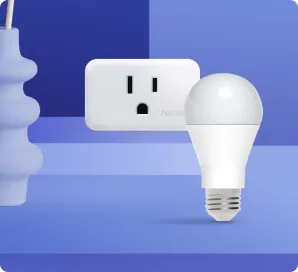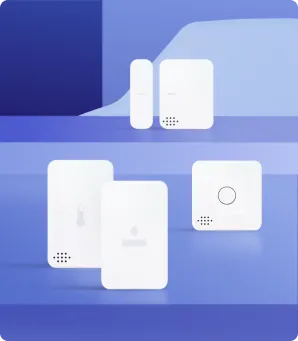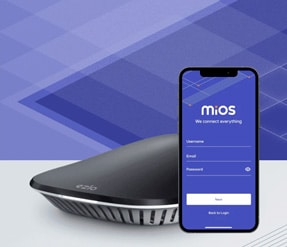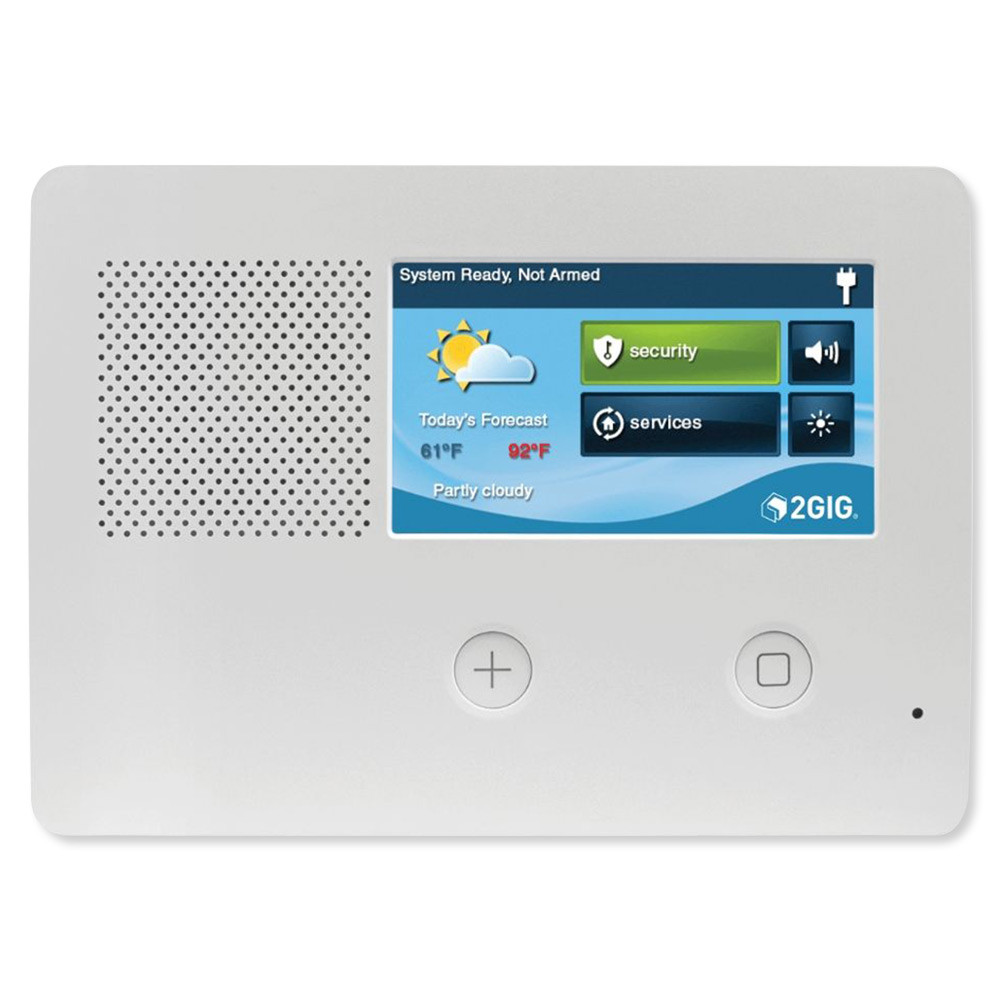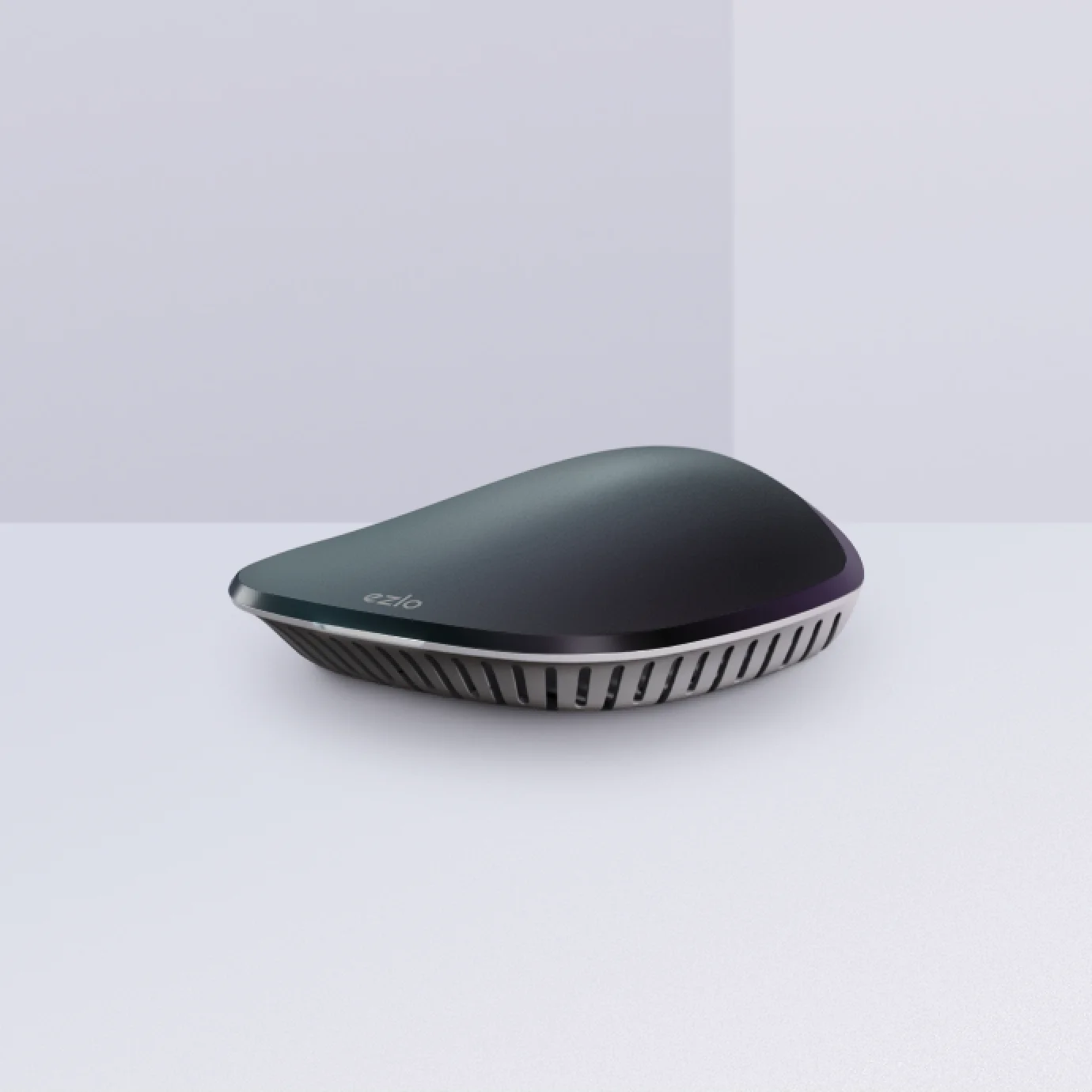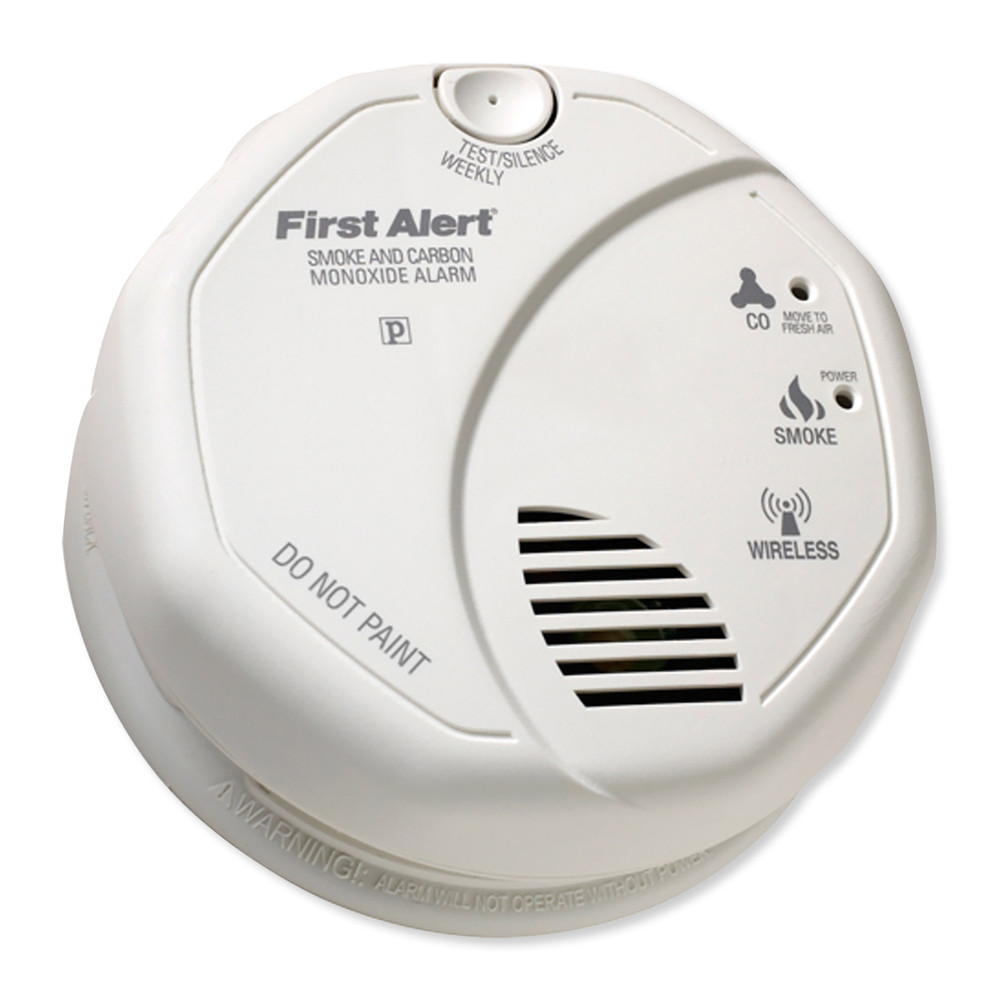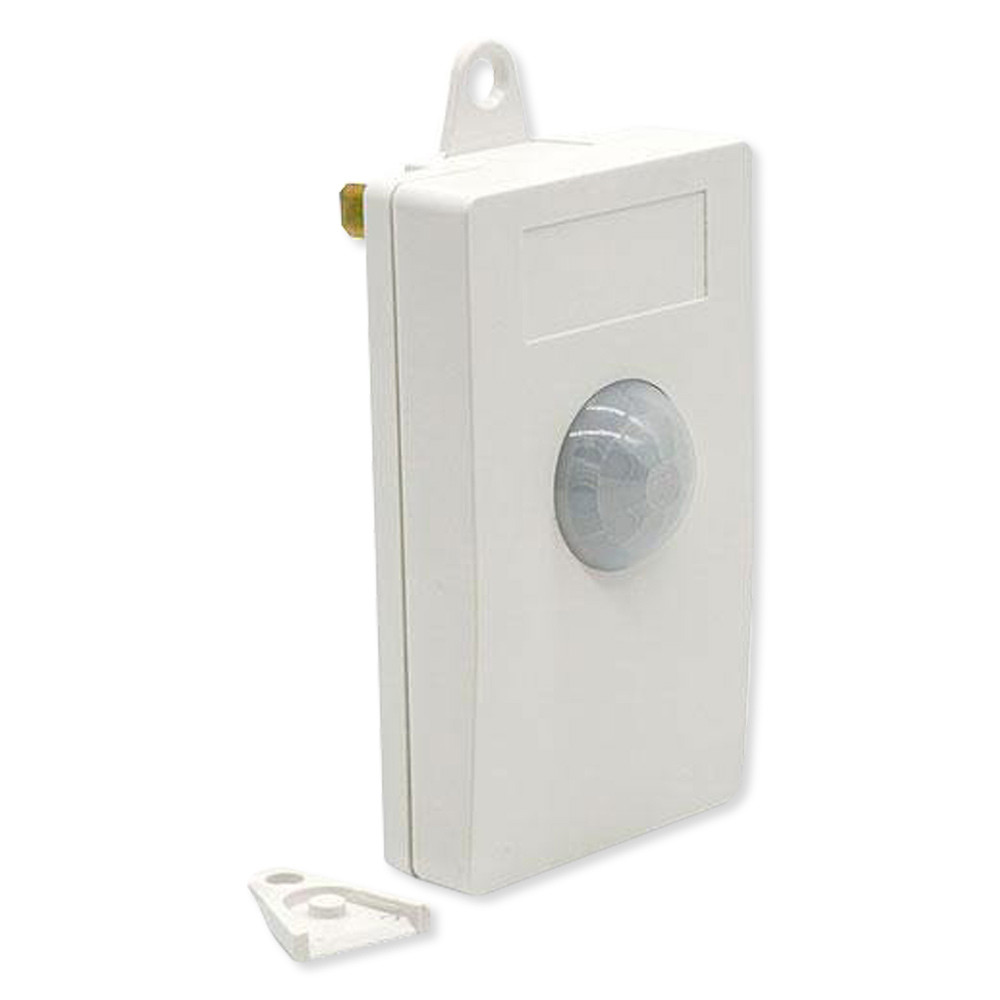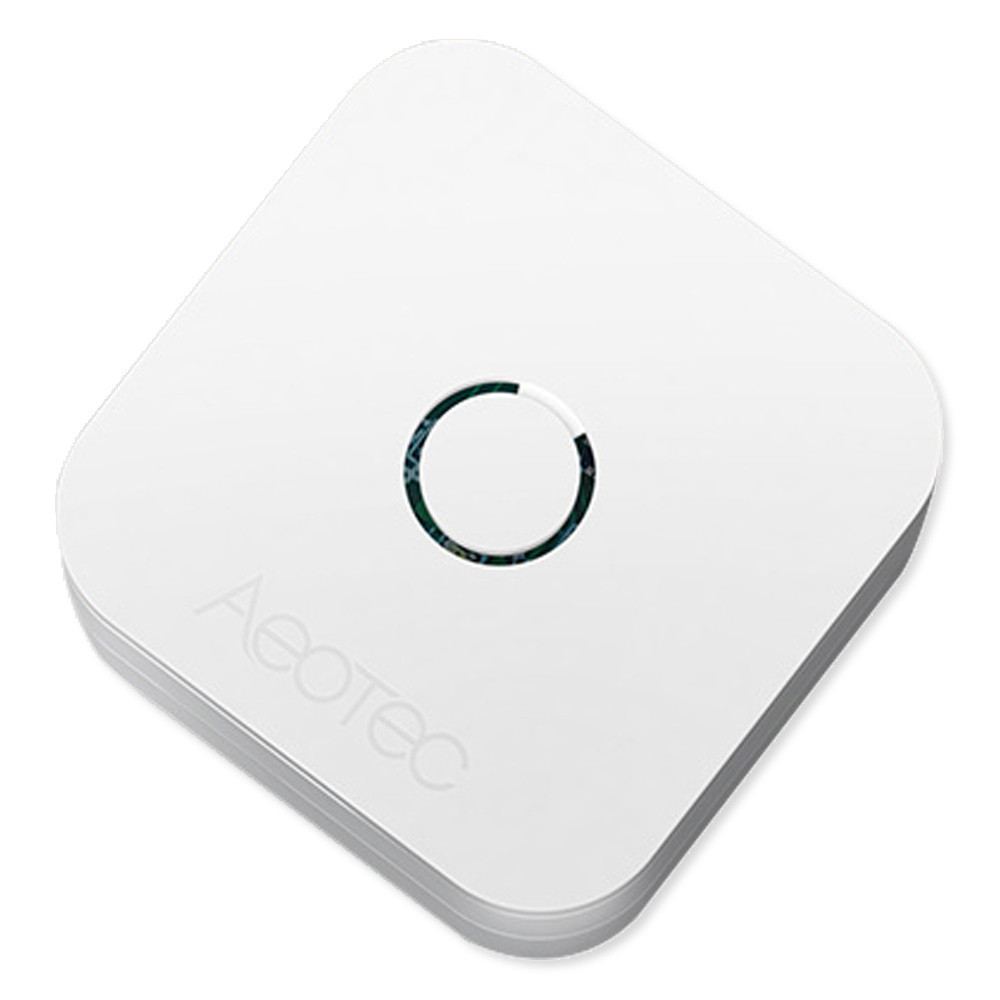Getting Started With Smart Home Automation
Smart gadgets are gaining popularity and are quickly replacing older and not-so-intelligent gadgets. However, everyone does not understand the concept of everyday appliances connected to the internet being scheduled or controlled remotely. We look at home automation and how to get started on home automation.
What Is Home Automation?
Home automation is also known as smart home technology. It refers to the use of technology to automate a home. Automating systems within a home allow homeowners to control a wide variety of smart gadgets within the vicinity.
There are many uses for home automation. It works as an excellent tool for controlling gadgets, home surveillance and security, keeping track of energy consumption, or even taking care of pets, young children, the elderly, or the disabled within the house. It also acts as a personal assistant. There is so much room for growth.
How To Set Up Home Automation?
Different homeowners automate their homes differently. Some wing it, choosing random gadgets at a time, hoping everything will play out in the end, while others need a plan to set up their system. Here are some steps that can be useful if you’re looking to set up your automated house.
1. Smart House Ecosystem
Every home is like a small ecosystem of its own. The ecosystem comprises smart devices working together. Some of the most used ecosystems include; Google Home, Amazon Echo, Samsung SmartThings, and Apple HomeKit.
Choose one that you prefer. Your choice will determine which voice assistant controls your smart devices. Although you can find products that can handle more than one voice assistant, it is much easier to stick to one voice assistant to control your system.
The next step would be to invest in a smart speaker or display that will help you get started in automating your home system.
2. Control Protocol
The following key step in setting up a smart home is choosing the communication protocols. These could be either; WiFi, Z-Wave, ZigBee, or Bluetooth.
They all work differently and have different benefits and disadvantages. However, if you are new to smart homes, WiFi would be a great option because it’s the most straightforward.
3. Types Of Products
There are many smart gadgets you can choose from. Make choices that suit your preferences, immediate needs, and budget. Buying the appliances in bulk can be helpful because many companies offer larger packages at a discount. Choose appliances from your favorite brands. If your new, then check out reviews to discover which companies are established and deliver quality products.
4. Installation
Once you’ve purchased your smart gadgets, you will need to install them. Many smart appliances have the DIY option, allowing users to install the appliances independently and at no extra cost. However, some devices will require professional help at a fee.
5. Customized Settings
The installed appliances need to be put to work and the settings configured. You can determine how you want the gadgets to work for you.
You get to set both the remote controls and the automatic controls. With a schedule, gadgets like coffee makers can turn on automatically in the morning. You can also set up
triggers that cause a specific response. For example, lights can turn on when someone walks into a room.
Smart Home Basics
There are some basic things that homeowners need to understand smart homes. A great place to start is understanding the options and the different gadgets in the market.
- Smart Speakers
These are the most commonly used smart gadget, and their connection to the internet makes them capable of doing so much.
Although speakers aren’t hubs, they can easily work as hubs for a smart home. They allow you to remotely control different aspects within the house, i.e., with just your voice. However, the smart appliances must be compatible with the speaker’s ecosystem, i.e., voice assistant.
2. Smart Plugs
These are essential tools because they work even with appliances that aren’t smart. They essentially convert objects to smarter versions. For example, a normal light bulb can work as a smart bulb when connected to a smart bulb.
3. Video Door Bells
These are not your boring old doorbells. Video doorbells can sense and alert you when someone is at the front door. It also has the added features of video recording and an intercom that allows you to see and speak with your visitors while they’re still at the door, which adds to the interactive nature of smart homes.
Wrapping It Up
Many smart gadgets make up an automated home. They make controlling the systems and devices automatic, remote, and a lot more interactive. They can help improve safety in the home and are essentially energy savers, which means that in the long run, they reduce utility bills.

